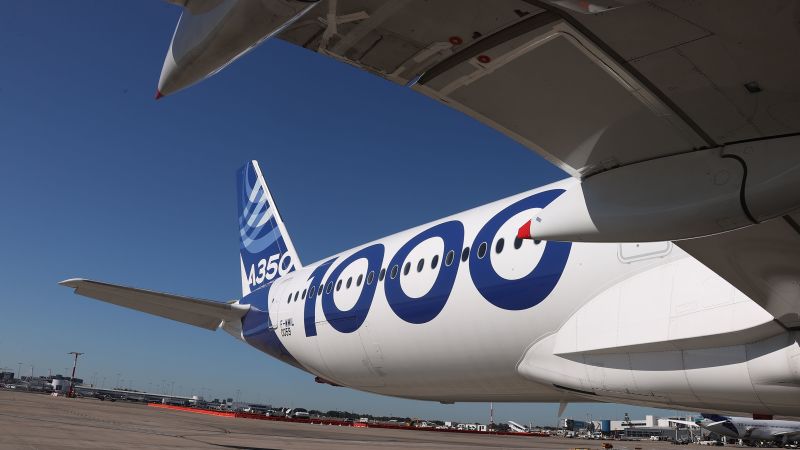Europe’s air safety regulator, the European Union Aviation Safety Agency (EASA), has ordered inspections on the engines of a flagship Airbus jet following a fire incident on a Cathay Pacific flight. The EASA stated that the inspections are a precautionary measure to prevent similar incidents and are based on information received from the initial investigation of the Cathay Pacific incident. The regulator consulted with authorities in Hong Kong, where Cathay Pacific is based, as well as Airbus and engine supplier Rolls-Royce before taking action.
The EASA confirmed that a failure of a hose in the fuel system caused the fire during the Cathay Pacific flight, which was quickly controlled by the crew. This incident was classified as a “serious incident” in aviation, indicating a high probability of an accident. EASA emphasized the importance of continuing to closely monitor the ongoing safety investigation for any new information that may become available.
The directive issued by EASA affects the larger model of the Airbus A350, the A350-1000, which makes up 15% of the A350 fleet consisting of 86 jets. The smaller A350-900 model, which is more widely used, is not impacted by the inspections. Airlines have been given a timeline of three to 30 days to conduct visual checks and measurements on the fuel hoses, with the requirement to remove parts for repair only if damage is identified. Engines that have already been inspected by Cathay Pacific are exempt from the directive.
The safety directive issued by EASA aims to ensure the safety and reliability of the Airbus A350 fleet, particularly the A350-1000 model. By ordering inspections on the engines of these aircraft, EASA is taking proactive steps to prevent any potential risks or incidents in the future. The collaboration with regulators, investigators, airlines, and manufacturers demonstrates a coordinated effort to maintain high safety standards in the aviation industry.
The Cathay Pacific incident serves as a reminder of the importance of thorough maintenance and inspection procedures for aircraft engines. By promptly addressing the cause of the fire and taking preventive measures, EASA and other relevant authorities are prioritizing passenger safety and operational integrity. Airlines and manufacturers are expected to comply with the safety directive and conduct the necessary checks to ensure the continued airworthiness of the A350-1000 fleet.
In conclusion, the recent directive issued by EASA underscores the agency’s commitment to upholding air safety standards and ensuring the reliability of aircraft operations. By conducting inspections on the engines of the Airbus A350-1000 following the Cathay Pacific incident, EASA is proactively addressing potential safety concerns and minimizing risks in commercial aviation. Continued monitoring of the safety investigation and adherence to maintenance protocols will be crucial in safeguarding passengers and maintaining trust in the aviation industry.


